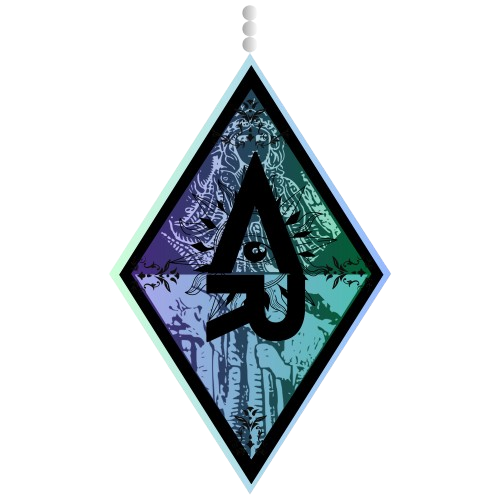What is Tarot? The history and deck explained
At the very naive age of 15, I visited a friend of a friend – a much older gentleman who wore
little round glasses on the end of his nose, and his hair slicked back in a pony tail. We sat around a small table in his front sitting room, he pulled out a velvet bag containing a deck of
cards. He knocked on it three times, shuffled thoroughly, and laid out the cards in a cross.
He was “the guy, who reads cards.” He told me that I was The Empress and The High
Priestess, he said I would have kids and read many books – which came to fruition. He saw
my past, present, and future, he saw my deepest wishes and most trying obstacles. I never
even asked a question.
Fast forward to now with kids under my belt and a lot of books too, I returned back to Tarot
but on the other side of the table. Tarot has become part of my daily life and is the most
requested service in my business. It has stood the tests of time, as one of the most reliable
divination tools to see hidden influences and peer into the future.
Tarot reads people, it reads energies. It reads those pregnant pauses that occurred in your last conversation with someone or shows your actions vs consequences. You can reflect inwards or reflect outwards – the choice is yours. Subconscious and conscious, the seen or unseen – Tarot does it all.
What is Tarot?
Tarot is 78 cards in a deck, divided into 22 Major and 56 Minor arcana. Starting at number 0,
The first card of the Tarot is The Fool, which represents infancy, our early days when we lack
life experience and have many lessons to learn. We are childlike, carefree, and happy to take risks. We choose to take the leap of faith, our first steps – and are exposed to the world around us. With so many people to meet and things to do, mistakes to make, and victories to win, it is no wonder that there is a tarot card for every one of these occasions.
The Major Arcana captures the main archetypes that the fool encounters along his journey
of life; the mother (the empress), the father (the emperor), the teacher (the hierophant), and so on. As the fool grows older and experiences life, he comes to experience major life events such as (the tower) which represents shock and unwanted change, (The Lovers) which are major relationship decisions, and many others. The Major Arcana captures the influential figures and life events that shape and change our paths dramatically. Heavily intertwined with numerology and astrology, Tarot has many layers that can be read to enhance the detail and accuracy of a reading.
The Minor Arcana reflects the day-to-day energies and actions being taken along our paths.
From planning trips to saving money, mastering your job, or dealing with a sticky problem –
there is a tarot card to show each moment. Minor cards are divided into four categories
Pentacles (which were traditionally coins – these are financial and family matters), Cups
(representing the emotional sphere), Wands (For ambition and life force), and swords (for
the mentally draining and challenging obstacles).
The History of Tarot
Tarot is an extremely old divination tool, dating back to its first divinatory purposes in the
late 16th century. It was originally used during earlier times as a simple parlor game (cartomancy) with similar characteristics such as different suits (staves/wands, discs/coins, cups, and swords). Additional cards were added at the request of wealthy families who employed artists to paint them and add cards of themselves and other characters/family members.
One of the most powerful families to use the original parlor game was the Visconti family who ruled Milan during the 14th and 15th centuries, they were the most powerful and noble family in Northern Italy during this time. After the game had been used this way for several decades by the wealthy, by the 18th century, the game saw an established shift in how it was played.
The arrival of the printing press made this game more accessible to people who were not of noble status. Reaching the hands of mystics and occultists, the meanings, symbols, and layouts were formed for the use of divinatory purposes and the game evolved into much more than the playing cards they once were. Now used for divination and magical purposes, this system has stood the test of time as one of the most reliable ways to predict the energies of now and of the future.
- Must Read: What is Pendulum Dowsing?
Is Tarot accurate?
yes, If Tarot is studied using reputable sources eg. books, and the cards are interpreted traditionally, the system proves to be highly accurate. The key is to understand the cards in their entirety and simply not make things up.
Learning Tarot with Australian reader
If you are interested in learning Tarot, Australian Reader offers lessons where you can learn
at your own pace. You are not locked into a block of lessons or a whole term. The lessons are
student-lead, so focus on whatever area that you see fit. All lessons are 1 hour in duration and
cost only 60 USD.
